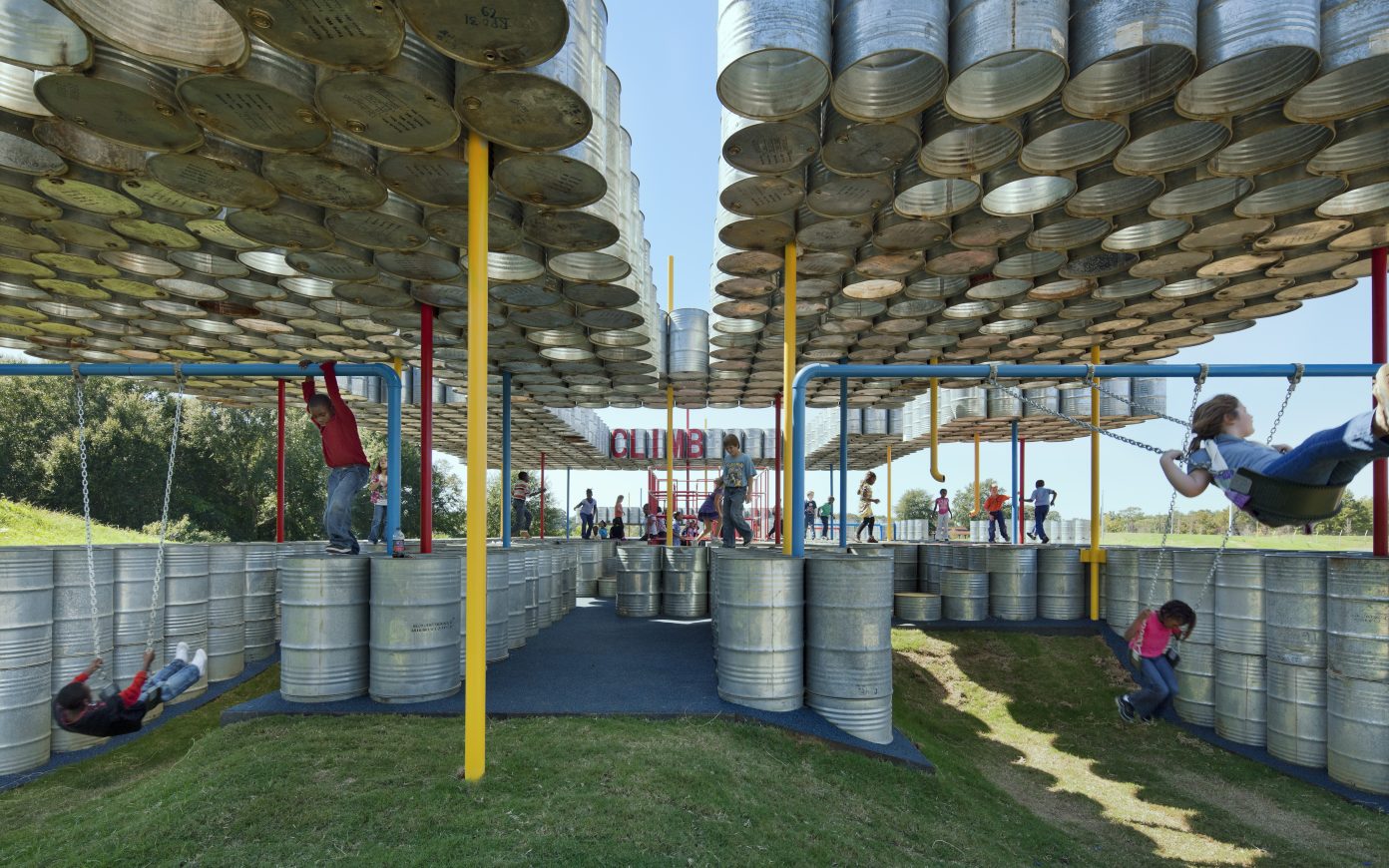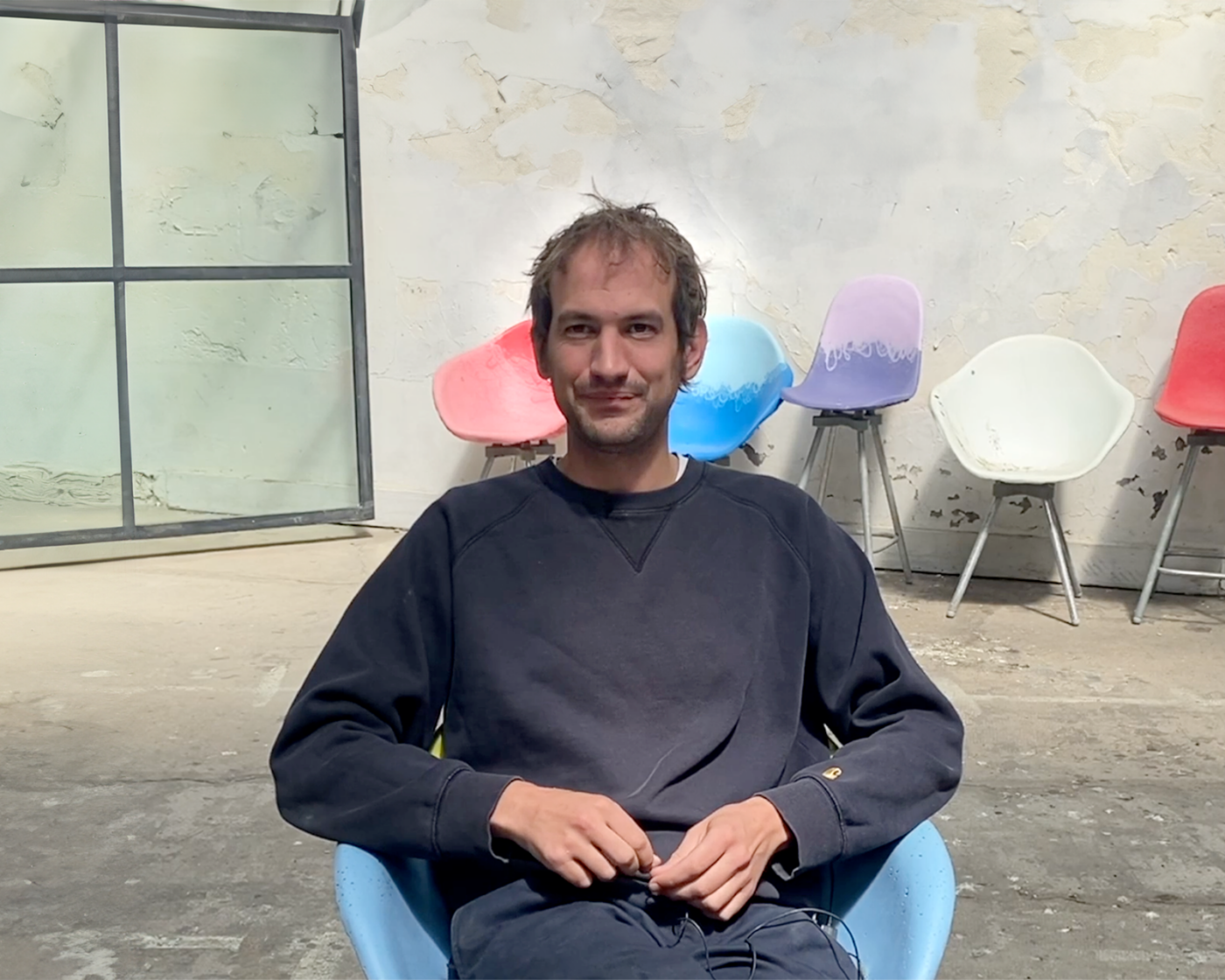The geographer and orientalist Augustin Berque revisits the polysemic dimension of the term “milieu,” and explains the distinction made by mesology—“the area of biology that deals with the relationships between the environments and organisms”—between “environment” and “milieu.” The reality of things differs depending on the environment of each species or culture, the object doesn’t exist in itself but according to its relationship with the subject. In this way, mesology goes much further than the subject/object dualism of modern science. Ontologically “trajective,” the environment is neither objective nor subjective, but firmly between the two theoretical subject/object centers. Berque takes the term “mediance,” meaning the dynamic coupling of the individual and their surroundings, from the Japanese “fūdo,” to which he adds “trajection,” a process that results in the “mediance” of human existence in its concrete surroundings. Taken as a whole, all human environments, distinct from the biosphere through their eco-techno-symbolic dimension, form the ecumene. For architecture, this implies a respect for history and the environment, without mimicking ancient forms, creating from the “mediance” of each place.






























